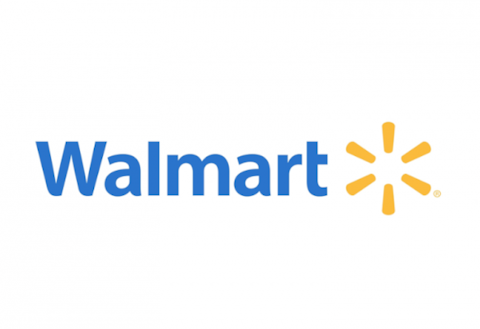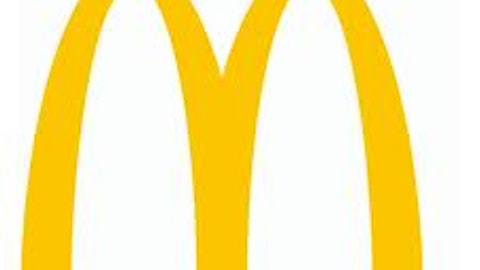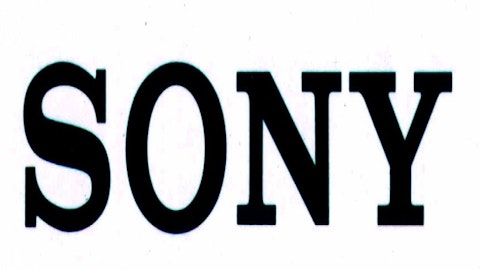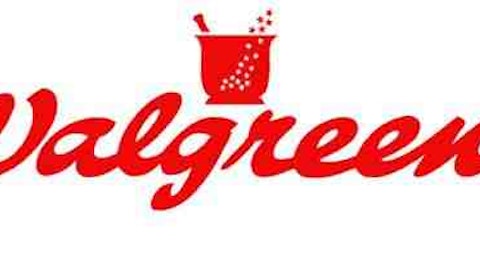Dividend stocks outperform non-dividend-paying stocks over the long run . It happens in good markets and bad, and the benefit of dividends can be quite striking — dividend payments have made up about 40% of the market’s average annual return from 1936 to the present day. But few of us can invest in every single dividend-paying stock on the market, and even if we could, we might find better gains by being selective. That’s why we’ll be pitting two of the Dow Jones Industrial Average (Dow Jones Indices:.DJI)‘s dividend payers against each other today to find out which Dow stock is the true dividend champion. Let’s take a closer look at our two contenders now.
Tale of the tape
Wal-Mart Stores, Inc. (NYSE:WMT) joined the Dow Jones Industrial Average (Dow Jones Indices:.DJI) in 1997, and is currently the only dedicated retailer on the index. It’s also the world’s largest retailer — its 2012 annual revenue of nearly $470 billion is greater than the GDP of all but approximately 30 countries. Whether you love it, hate it, or simply appreciate the value of its stock, you can’t deny the profound impact Wal-Mart Stores, Inc. (NYSE:WMT)’s business practices have had on the world over the past 50 years.
The Procter & Gamble Company (NYSE:PG) is the Dow Jones Industrial Average (Dow Jones Indices:.DJI)’s lone consumer-products representative at the moment, which is an anomaly in the company’s 81 years on the index. As the last consumer-goods company left standing, The Procter & Gamble Company (NYSE:PG) is expected to be the largest of its kind, and it certainly passes that test in the United States. Among global competitors, only Nestle is larger, and not by a great degree. The Procter & Gamble Company (NYSE:PG) has the history, but Wal-Mart Stores, Inc. (NYSE:WMT) has the size.
| Statistic | Wal-Mart | Procter & Gamble |
|---|---|---|
| Market cap | $246.4 billion | $214.7 billion |
| P/E Ratio | 14.8 | 19.8 |
| Trailing 12-month profit margin | 3.6% | 15.6% |
| TTM free cash flow margin* | 2.5% | 12.8% |
| Five-year total return | 49.3% | 42.6% |
Sources: Morningstar and YCharts.
*Free cash flow margin is free cash flow divided by revenue for the trailing 12 months.
The Procter & Gamble Company (NYSE:PG) has better margins, but Wal-Mart Stores, Inc. (NYSE:WMT) is cheaper. Will the world’s largest retailer beat one of its most important suppliers at this dividend head-to-head, or is P&G’s superior profitability too much to overcome?
Round one: endurance
According to Dividata, Wal-Mart Stores, Inc. (NYSE:WMT) has been paying dividends without fail since 1974, for a 39-year streak. That won’t be enough to topple The Procter & Gamble Company (NYSE:PG), which has been paying its investors back for 122 years.
Winner: Procter & Gamble, 1-0.
Round two: stability
Wal-Mart doesn’t have any chance in this contest. P&G has been raising its payouts for 57 consecutive years. Wal-Mart has only been around for 51 years. Sorry, Wal-Mart Stores, Inc. (NYSE:WMT). You’re going to have to make it up somewhere else.
Winner: Procter & Gamble, 2-0.
Round three: power
It’s not that hard to commit to paying back shareholders, but are these payments enticing, or merely tokens? Let’s take a look at how both companies have maintained their dividend yields over time as their businesses and share prices grow:

WMT Dividend Yield data by YCharts
Winner: Procter & Gamble, 3-0.






